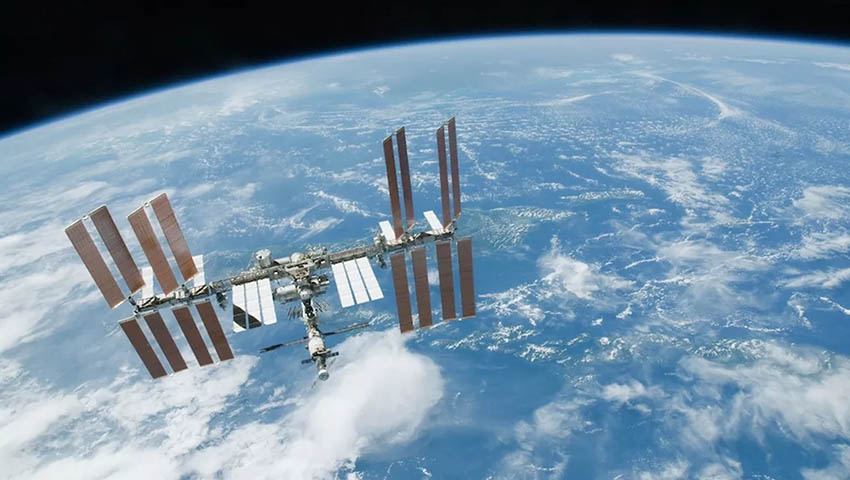Last year was a big year in space and 2020 promises to be just as big, featuring a number of firsts, plus progress on some ongoing developments.
Reporters and contributors to US space news service SpaceNews compiled a list of 20 predictions for what 2020 will bring as humanity strives for the stars.
Here’s a small selection.
Suborbital tourism will finally begin with both Virgin Galactic, with its SpaceShipTwo, and Blue Origin with its New Shepard, proposing to start operations. This will involve the well-off paying a lot of money – Virgin ticket price is said to be US$250,000 – for a short period of nil gravity near the edge of space.
On the plus side the view will be magnificent and inaugural patrons will get to share the ride with Sir Richard Branson.
This has been a long time coming. Virgin said it would start mid-year but latest news is that this could be pushed out.
Various Mars missions will blast off, reaching the Red Planet next year. The big one is NASA’s Mars 2020 rover, the most ambitious exploration mission, which will collect samples for eventual return to Earth. The European Space Agency (ESA) ExoMars 2020 mission is also expected to launch, though that could be pushed out to 2022.
China is also planning its first Mars mission with an orbiter, lander and rover, as is the United Arab Emirates, launching its Hope orbiter on a Japanese rocket.
Assuming they launch on schedule, all the spacecraft will reach Mars in early 2021.
Northrop Grumman’s Mission Extension Vehicle (MEV) has successfully docked with an Intelsat comms satellite in geostationary orbit, opening a whole new market for in-orbit services.
That could extend to cleaning up space junk, with the inaugural test mission to remove a derelict rocket second stage to be launched by Swiss company ClearSpace on a commission from the ESA.
By the end of the year there could be more than 1,000 more small satellites in low-Earth orbit as SpaceX’s Starlink and OneWeb continue populating their constellations, which aim to deliver high speed and hopefully low cost broadband.
The get StarLink up to speed, SpaceX plans to set a cracking pace with its launches. The forecast for the year is up to 38, including StarLink missions and other commercial launches.
China is also expected to step up its launch pace, with more than 40 planned for the year, including its Mars mission and additional satellites for its Beidou constellation, China’s version of the US GPS.
Last year China achieved 34 orbital launches and in 2018 there were 37, more than either the US or Russia. More companies will seek to enter the launch market.
Virgin Orbit said in December its first orbital launch attempt is imminent. Virgin’s LauncherOne rocket will blast off from a flying Boeing 747, potentially offering lower cost small satellite launch services.
A stack of other US companies plan to either launch or get closer to launch. SpaceNews said the industry is anticipating a shakeout among the numerous small firms with launch ambitions.
Then there’s Artemis, the NASA mission to return humans to the moon in 2024. Further progress is expected, with award of contracts for the all-important lunar lander.
The next big step, the first fight of the Space Launch System, successor to the Saturn V rockets that sent humans to the moon in the Apollo missions half a century ago, won’t happen until next year.

